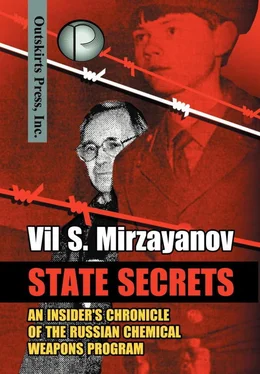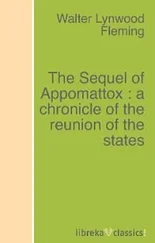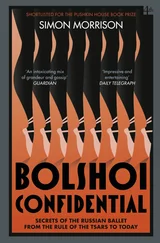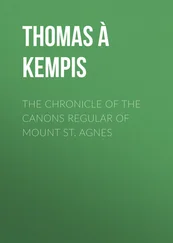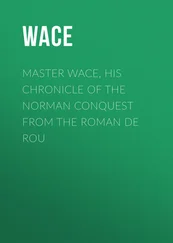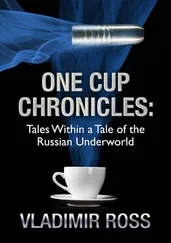At the same time, I couldn’t refuse Guskov’s next request to help the scientific commission conduct an evaluation of the effectiveness of a new radioactive device for detecting a gas attack on Soviet tanks. This device was proposed by scientists from the Military Academy of Chemical Defense, and it was designed and constructed by the Tula Special Design Bureau of Automation (OKBA). I spent a week in Tula testing this device, by “easy” military specialists. Several times OKBA created artificial concentrations of Substance 33 in a huge gas chamber. They injected the required volume of liquid agent into the flow of air directed into the gas chamber, and it was all thoroughly mixed by powerful fans. After that, two parallel streams of air from the chamber were sampled and directed through cells with a biological substrate (cholinesterase) and a radioactive device with an alpha-radiation source.
Whereas the cholinesterase analysis showed an almost constant concentration in the gas chamber model, the radioactive detector showed a decline of the concentration of Substance 33, and within ten minutes only very small concentrations were recorded. We repeated these tests several times, but the result was always the same.
I called the attention of the members of the commission to the fact that, increasing moisture in the air was the reason behind the tendency of the radioactive device’s signal to drop to almost a zero level. On the basis of this, I proposed the idea that the molecule of Substance 33 was undergoing a reaction of dietherification and the creation of mobile positive hydrogen ions (H+), which resulted in the formation of complexes of salts with molecules of Substance 33. These compounds have much higher ionization potentials than the original molecules of Substance 33, and under those conditions they cannot be ionized, which caused the drop in the detector’s signal.
No one believed me at the time, but I performed experiments with other scientists from the Physical Chemistry Department, and we entirely proved my hypothesis. The fate of this development of the Military Academy of Chemical Defense was solved entirely.
A scientific and technical conference on the problems of the PD ITR of the branch took place in November of 1986 at the Volgograd Scientific Production Association (Khimprom). Representatives of the Novocheboksarsk, Volsk, and Volgograd subsidiaries of GOSNIIOKhT, the Redkino subsidiary of the NPO “Khimavtomatika”, and employees of Ministry of Chemical Industry of the U.S.S.R. took part in the conference. Krasheninnikov, Tkachenko, and Kochetkov, a representative of our Main Administration “Soyuzorgsynthesis” with whom I shared a room at the privileged hotel for the regional committee of the CPSU, were also there.
A few years later, Anatoly Kochetkov became a member of the expert commission that the KGB investigator appointed for investigating my case, and he signed a resolution saying that I was guilty. Since then he has been actively promoted and became a member of the Russia’s Committee for Conventional Problems of the Chemical and Biological Weapons which answers to the President of Russia. However, I am not going to accuse him, because I know how long it took him to slowly scale the job ladder to a high position. He was terrified to lose his position.
The major topic of the conference was the need for the technical re-equipment of the PD ITR service of the branch. It seemed to me that everybody present realized that. Besides, I agreed with the management of Workshop 34, which proposed that my suggestions should be implemented to discover trace quantities of soman and sarin in the emissions of the vented air and wastewater. Good prospects for purchasing more advanced laboratory equipment began to develop. The department already had three Varian chromatographs, and I could order a new Varian 3600 for capillary chromatography and a Finnigan chromatomass-spectrometer produced in the USA. When I was writing the applications, Krasheninnikov advised me, “Write so that the readers will shed tears of sympathy that we have lived without such necessary equipment for so long.” I did my best and soon we were informed that the chemistry section of the Military and Industrial Commission of the Central Committee of the C.P.S.U. had approved the application.
When I became head of the department, I simultaneously became a member of the Science Council and some of its sections. Additionally, I was made a member of numerous committees, including some which were in the same line of business as the Department for the Security Regime and the First Department.
Despite our strained relations, the Deputy Director in charge of the Department for the Security Regime had to put up with me and, if possible, cooperate. I remember he even invited more than ten people from the KGB to the institute, so that they could listen to my lecture devoted to basics of organizing the PD ITR Department.
I had to give in to the pressure from my colleagues and was elected secretary of the primary departmental party organization. Its members were Communists in my department, in the Department for the Security Regime, in the First Department, and in the Department for Special Communications.
This position took up a lot of my time because the endless meetings of the Party Committee and its subcommittees on different occasions, or without any occasion. This seriously complicated my work, but I found a good way out. I had Svyatoslav Sokolov elected my deputy. He was also appointed my deputy at the PD ITR Department. One of the responsibilities of the secretary was the monthly collection of membership dues. Party members, in turn, had to present information about their salaries, so I learned that the Deputy Director in charge of the Department for the Security Regime was a KGB major and received his salary at the Lubyanka Headquarters of the KGB. I also learned from the personnel files about two other members of my organization. One of them was Ivan Surinsky, [68] In October 22 1992 he participated in a search of Lev Fedorov’s apartment by the KGB. See Annex 8.
a retired lieutenant colonel who was previously the head of a prison camp in Siberia, and another had been the deputy chief in charge of political work at a prison camp in Altai.
All of this put me in a very negative frame of mind. I started to realize that my attempts to receive equipment, space, and people for research work gradually got me involved with a circle of shady, terrible people, whom I had never respected. I am quite an emotional person, and sometimes it is difficult for me to restrain my emotions. I can’t say that rudeness is in my nature, but over the course of time, I often found out that my antipathy became noticeable.
I gradually started thinking about what role I could play, surrounded by these people, the majority of whom could hardly be called decent, and about the role of GOSNIIOKhT and its policies, which were being developed in connection with the CWC negotiations in Geneva.
GOSNIIOKhT took part in this process, by sending its experts to Geneva, but they were selected by only two people – the Director and Martynov. It was a great mystery to me which criteria they used. So, Yuri Skripkin, head of the Analytical Laboratory, and Boris Kuznetsov, head of the Technological Laboratory, became experts.
In 1993 Kuznetsov also became a member of the expert commission that the KGB investigator appointed to consider my case and signed the indictment. Additionally, he spoke on the side of the prosecution in GOSNIIOKhT’s lawsuit against me in the period of January-February of 1994.
But in 1988 Kuznetsov, who was a very narrow-minded person, came running to my office after each trip to Geneva and breathlessly told me about his new work.
On a higher level, Igor Gabov was in charge of further confirmation of the position of the experts from GOSNIIOKhT and Ministry of Chemical Industry on technical aspects for the Geneva negotiations. At that time, Gabov was demoted to a senior engineering position at the Main Administration of “Soyuzorgsynthesis” (The Union of Organic Synthesis), but his friends kept him afloat. A few years later, he was also an expert on my case and argued with enthusiasm that I was guilty of disclosing state secrets.
Читать дальше
